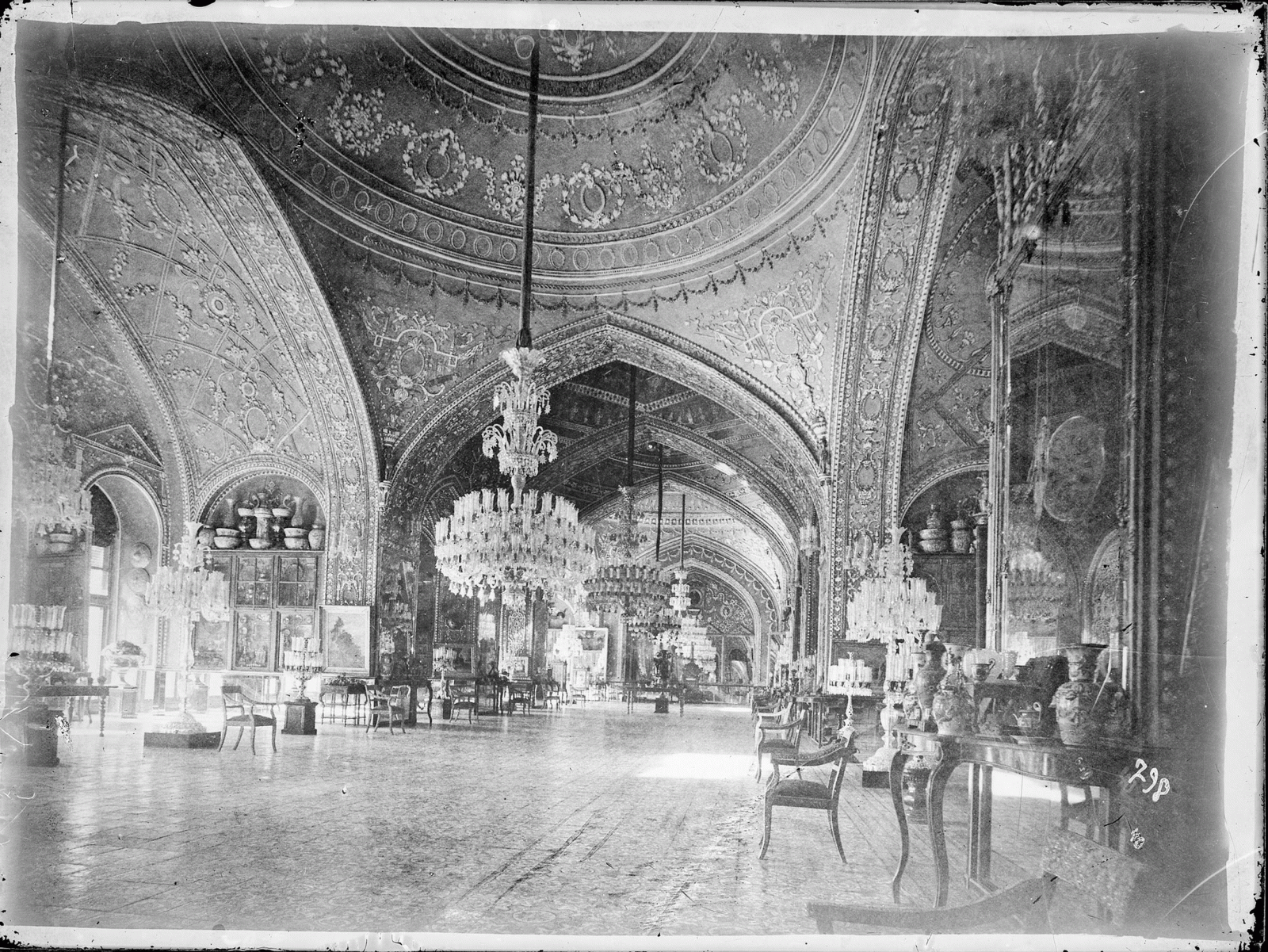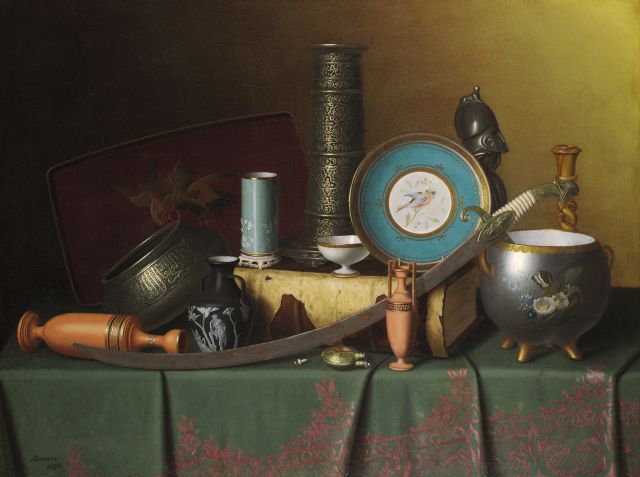Workshop
Bavand Behpoor: Nasir al-Din Shah's Gaze: The Curatorship of Iran's First Museum in the Era of Exhibitions
organized by the Max-Planck-Research Group "Objects in the Contact Zone – The cross-cultural Lives of Things"

Commissioned and curated by a king who was an artist himself, Iran's first museum was constructed in 1879 after Nasir al-Din Shah's familiarization with European museums. The king was the first Shah of Persia to visit Europe and probably the first Iranian to have access to such a wide array of visual archives across so many European countries. The trips were intended not only to "see" other countries but to represent one's own and bringing the representation of it under control, particularly in the Era of Exhibitions, as it was called at the time. This was a time when the Great Game was played out across the Iranian Plateau and "representation" was a matter of national security for a country entangled in the web of global power relations. The king's trips to Europe (in 1873, 1878 and 1889) were planned to coincide with the world fairs of Paris and Vienna, in all of which Iran had pavilions. The king carefully recorded his encounters with artworks in travelogues intended for both an Iranian and foreign readership which were sent as gifts to European courts and which were quick to appear in English and German. The travels also received a great visual coverage by English, French and German illustrated newspapers reflected in hundreds of lithographic photos and sketches, as the king turned into a celebrity and the popular interest in him went beyond the political. The trips were successful in creating an image of Persia and its king, which still has not completely faded away. Images of the trips were reflected back into Iran with pictures from the newspapers turning into part of the decoration of the noblemen's palaces, interpreted as signs of the victory of the Shah in a global visual competition. This workshop looks at Nasir al-Din Shah's museum (seen from the viewpoint of photographs, the courtiers and European travelers) as his attempt to preserve and reenact the achievements of these trips, as an embodiment of the King's aesthetic gaze and a Qajarid understanding of art and their political visual strategy. It tries to reconstruct, on the basis of of art historical documents, the way the museum was curated and how it was "invented" as a local institution that functioned differently than European museums.
Bavand Behpoor is a researcher at the International Doctoral Program MIMESIS at Ludwig Maximilian University of Munich (LMU) and a PhD candidate of Art History. His research focuses on the modern and contemporary art of Iran and the mimetic functions within this visual culture which he traces back to the beginnings of the late modern period. Having done an MA in Contemporary Art Theory at the Department of Visual Cultures at Goldsmiths College, University of London, many of his writings take a cultural studies approach to art. He has worked as a university teacher, curator, art critic and theorist in the past ten years and translated books such as Alain Badiou's Ethic: An Essay on the Understanding of Evil from French to Persian and Oscar Wilde's The Soul of Man Under Socialism from English to Persian. As a curator, he has been in charge of several shows in Tehran and curated a section of the Taipei Biennial in 2012. His writings have appeared in English, German, French, Italian and Farsi in journals such as Third Text, ARTMargins, Critique d'art and Memar. He holds a masters in architecture from Shiraz University and has exhibited his works as a performance art and installation artist. He has taught courses on Iranian contemporary art at universities such as FU Berlin, LMU Munich, Tehran Art University, and Sooreh Universities in Shiraz and Tehran.
08 June 2015, 2:00pm
Kunsthistorisches Institut in Florenz
Max-Planck-Institut
Casa Zuccari
Via Giuseppe Giusti 49
50121 Firenze
Notice
This event will be documented photographically and/or recorded on video. Please let us know if you do not agree with the Kunsthistorisches Institut in Florenz using images in which you might be recognizable for event documentation and public relation purposes (e.g. social media).



